How to clean a washing machine with vinegar and baking soda - make the most of these natural cleaning agents in 6 easy steps
Vinegar and baking soda are the ultimate cleaning duo
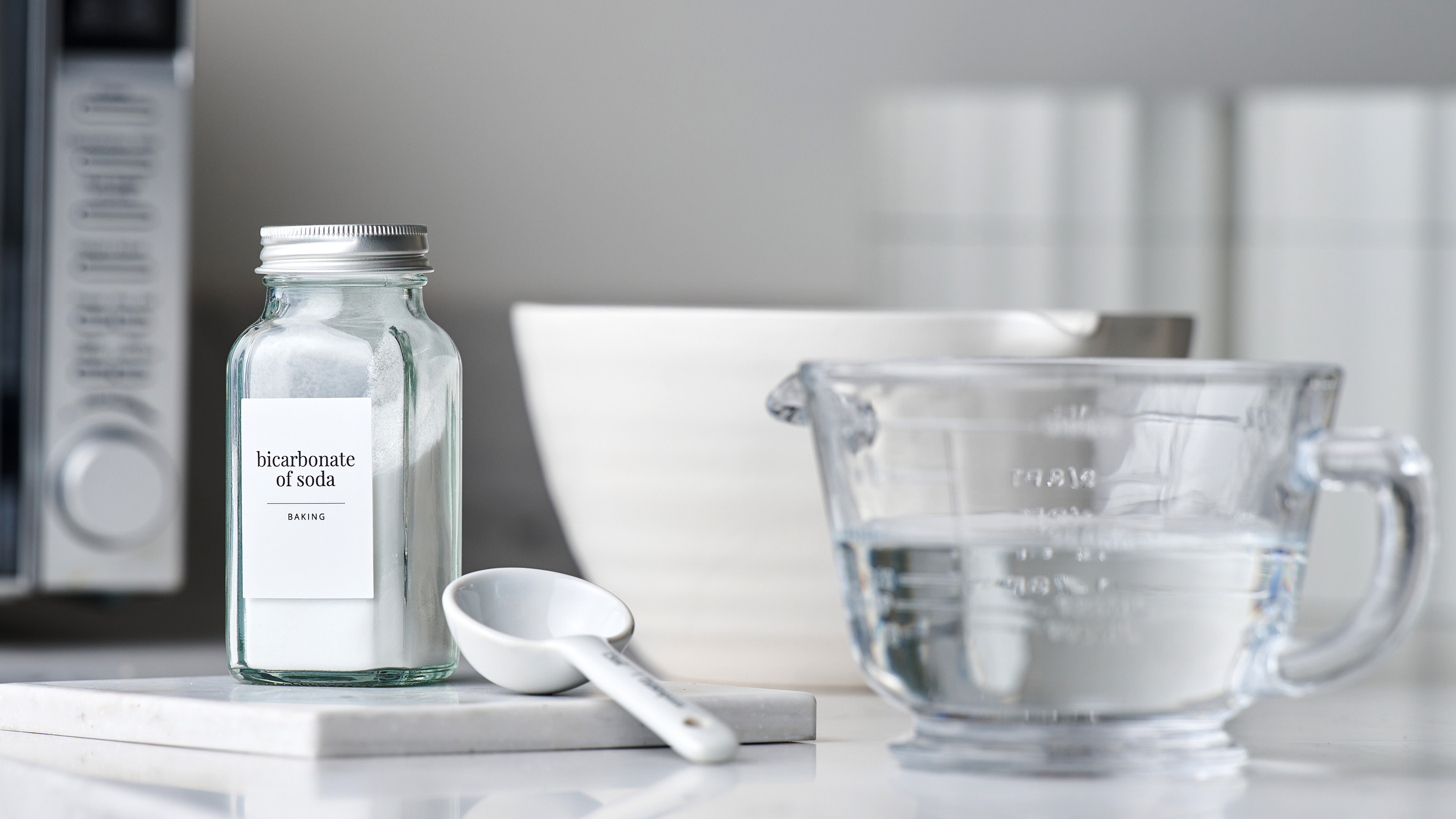

When you want to clean your home, it can be easy to stock up on chemicals and branded products that claim to get the job done. But a lot of these products are full of nasties that just don’t need to be there. And when it comes to large appliances specifically, everyone should know how to clean a washing machine with vinegar and baking soda to bypass those nasties completely.
As Laura Harnett, Founder of Seep, explains, ‘Washing machines are arguably the hardest-working appliance in the home. If there are children and pets in the family, then they will be used more frequently and a build-up of particles and dirt will end up resulting in a smelly washer.’ However, you don’t have to use any harsh chemicals to clean a washing machine and give it a new lease of life.
In most cases, cleaning with white vinegar and adding some bicarbonate of soda into the mix will be enough to get rid of the grime in your washing machine and even stop it from smelling. Intrigued? Follow this step-by-step guide..
What you'll need
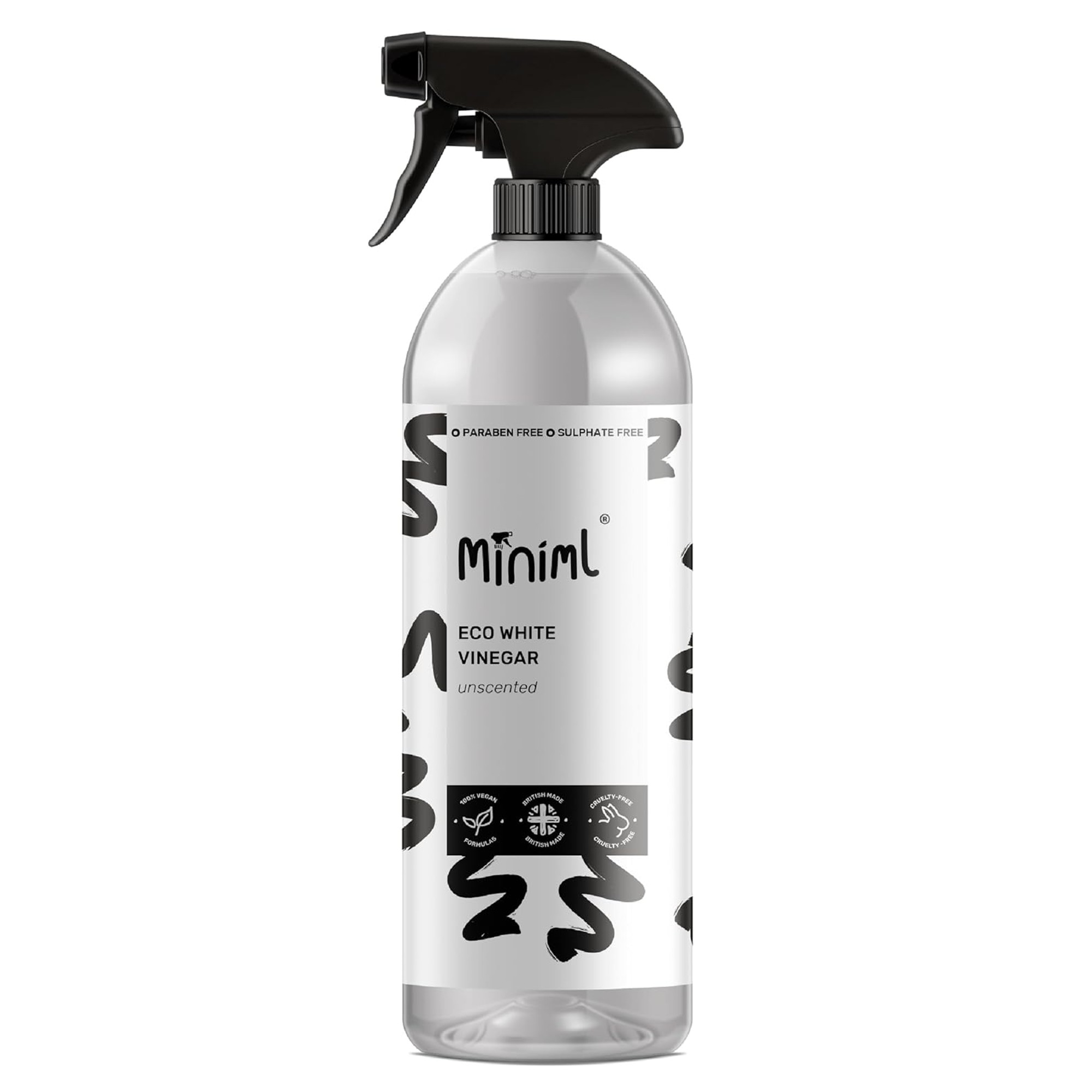
Buying a spray bottle of the stuff is super convenient as you'll need to both pour and spray vinegar to clean your washing machine. Then, you don't have to buy a separate spray bottle.
Step-by-step
1. Start with the seal
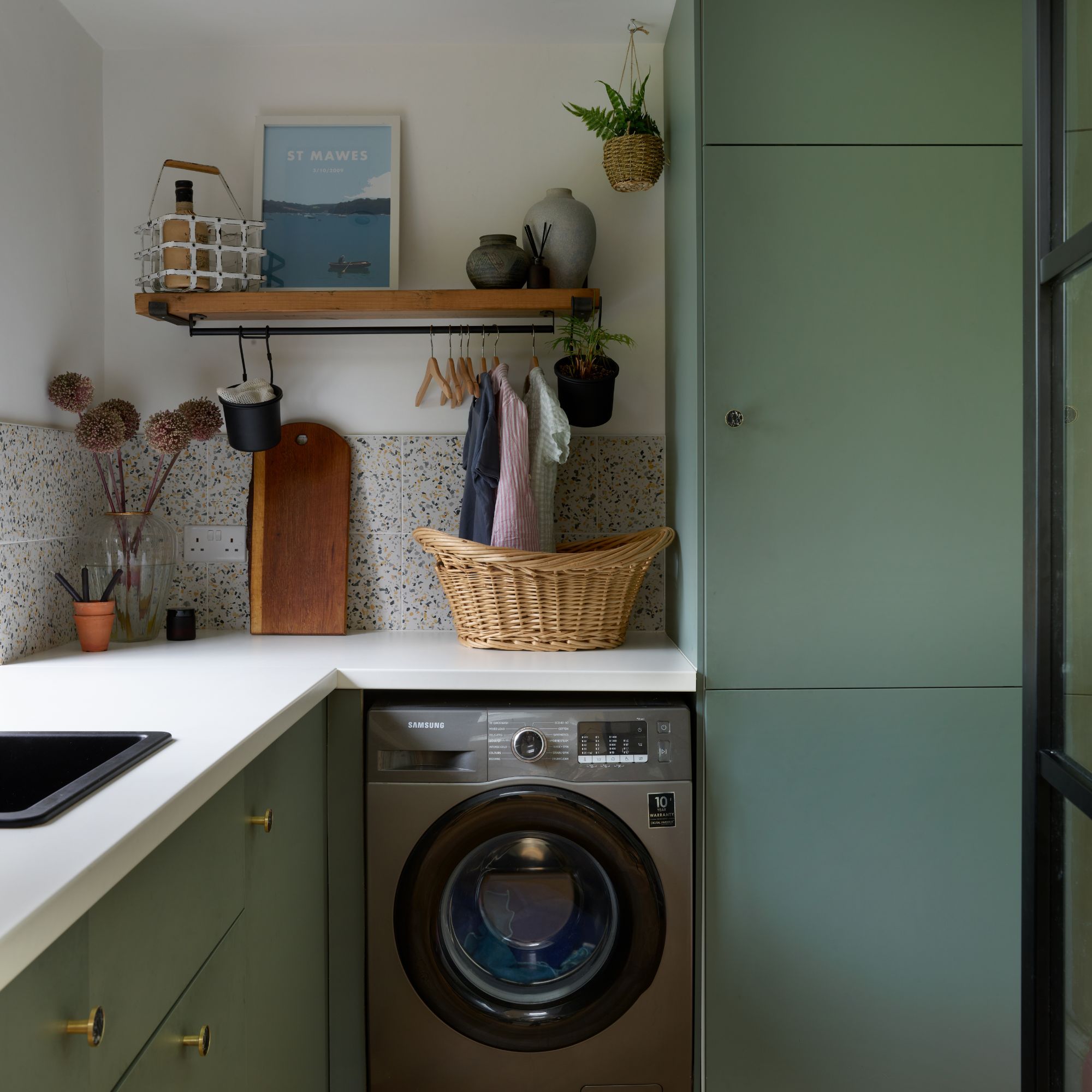
When you want to clean a washing machine with vinegar and baking soda, you may be inclined to focus all of your attention on the drum itself. But knowing how to clean the rubber seal on a washing machine is also key.
As Laura explains, ‘The seals are the one place where debris can linger causing mould to grow and is a key place for smells to start.’
You should aim to do this before you move on to the larger components of your washing machine, and all you need to do is spray a 1:4 ratio of vinegar and water into the seal before giving it a scrub with a toothbrush. Then, wipe it down with a clean cloth.
If you want to tackle tougher stains in the seal, you could also create a paste using baking soda and water and scrub that way. If you choose this option just make sure that you don’t put the baking soda away just yet.
Get the Ideal Home Newsletter
Sign up to our newsletter for style and decor inspiration, house makeovers, project advice and more.
2. Add baking soda to the drum
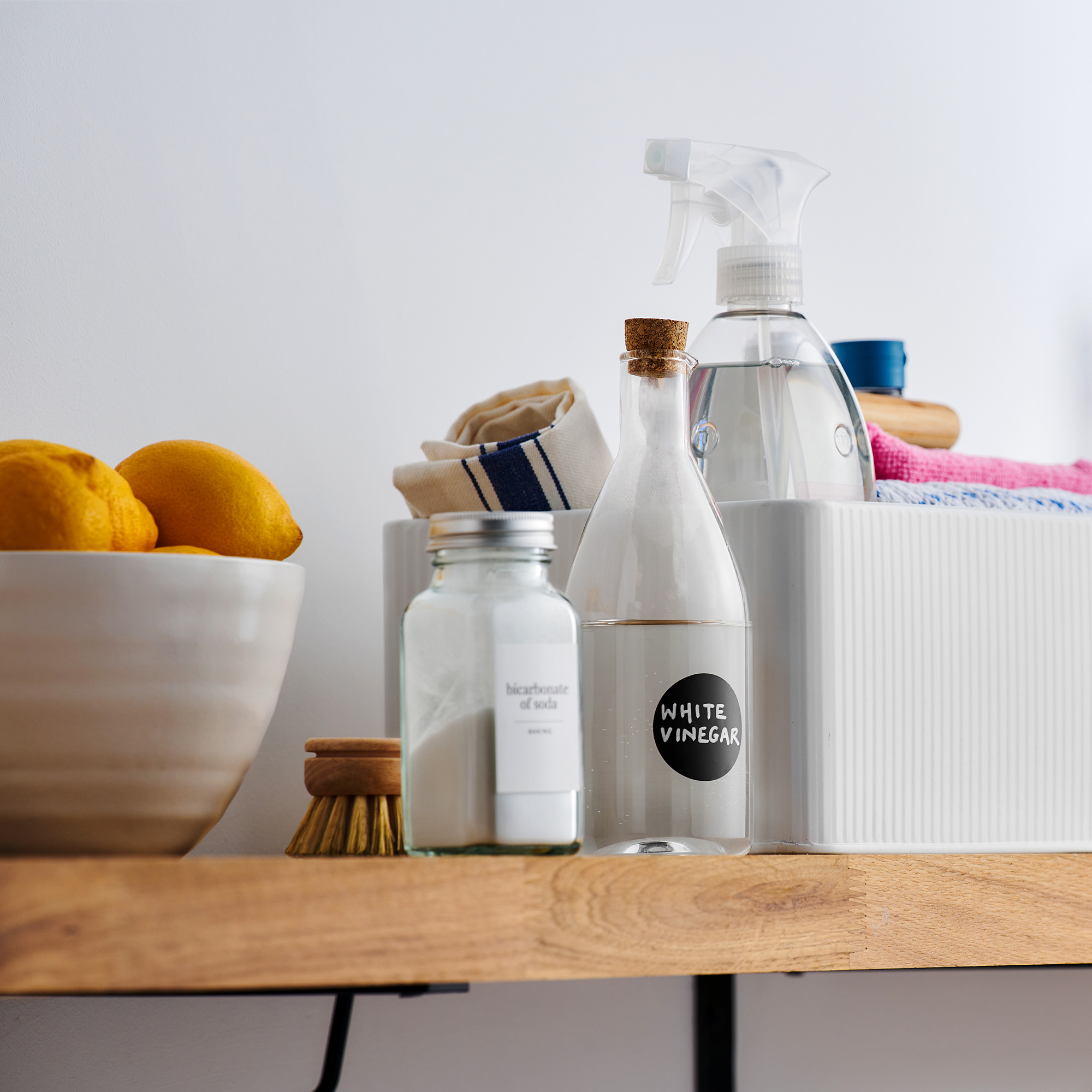
With the seal as clean as can be, you can then move onto the drum, which is where cleaning a washing machine with vinegar and baking soda really makes sense. But it’s important to note that you should never use vinegar and baking soda at the same time.
Although mixing these two together will result in an explosive chemical reaction that seems impressive, the two products actually cancel each other out. This essentially makes it useless - and you’ll just be wasting your natural cleaning products in the process.
Not only that, but Laura says, ‘When mixed together and left to solidify, they can create blockages in pipes. It means that when combined regularly, you could end up with plumbing issues.’
So, add 1-2 cups of baking soda to the machine first - either directly into the drum or the detergent drawer, depending on your preference and your washing machine.
3. Start a long hot wash cycle
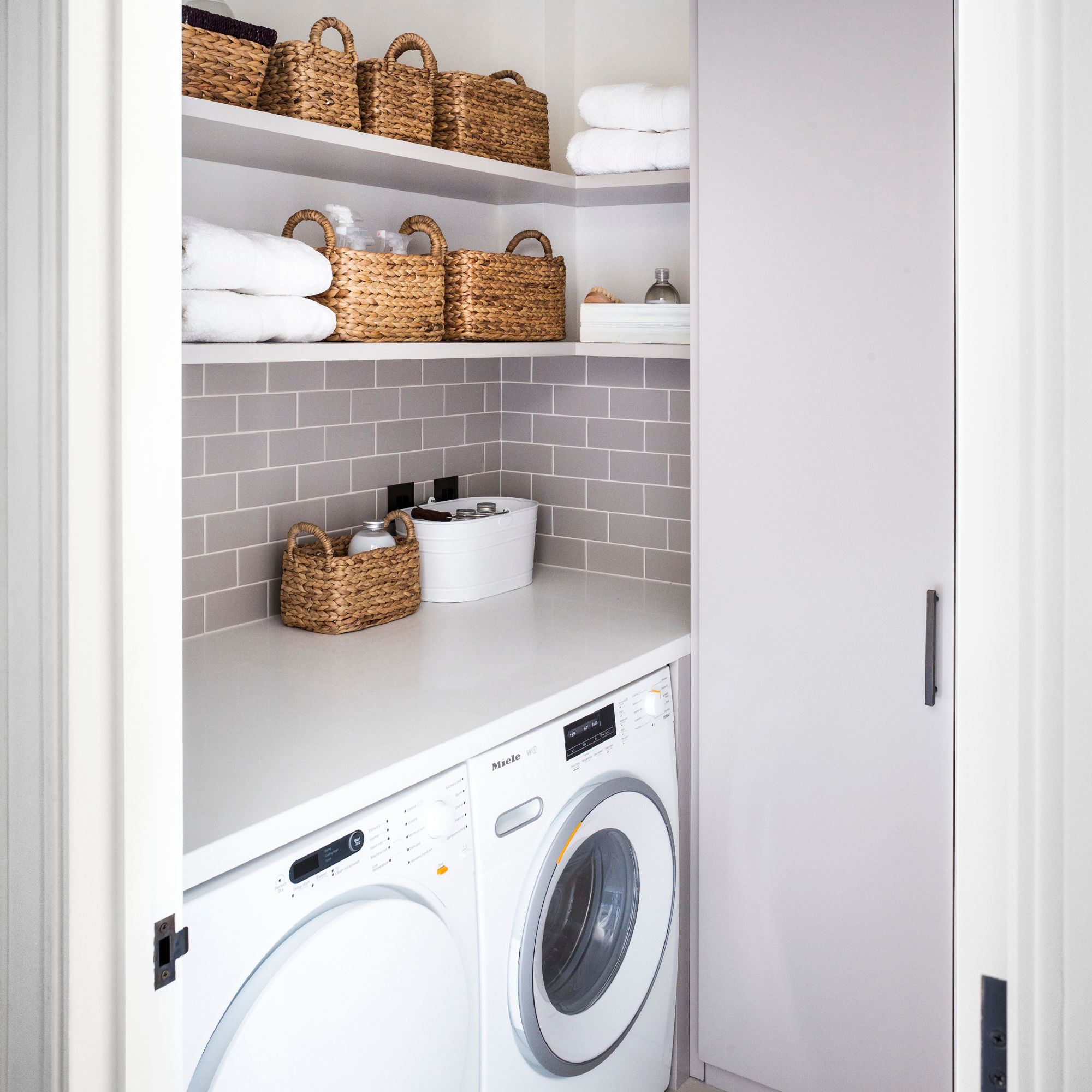
The next step may seem like a waste of energy, but the cost to run a washing machine isn’t as high as you’d think - and it’s a necessary step to ensure your washing machine is free of grime and odour. In fact, this is the same as when you clean a washing machine with soda crystals, too.
High temperatures are key here if you want to kill germs and bacteria. Aim for a long wash cycle that’s at least 60°C for the best results.
Don’t worry if it seems as though your washing machine lasts longer than it says on the screen, though, as it’s well-known that your washing machine lies to you. So, just wait until it beeps to move on to the next step.
4. Next, grab your white vinegar
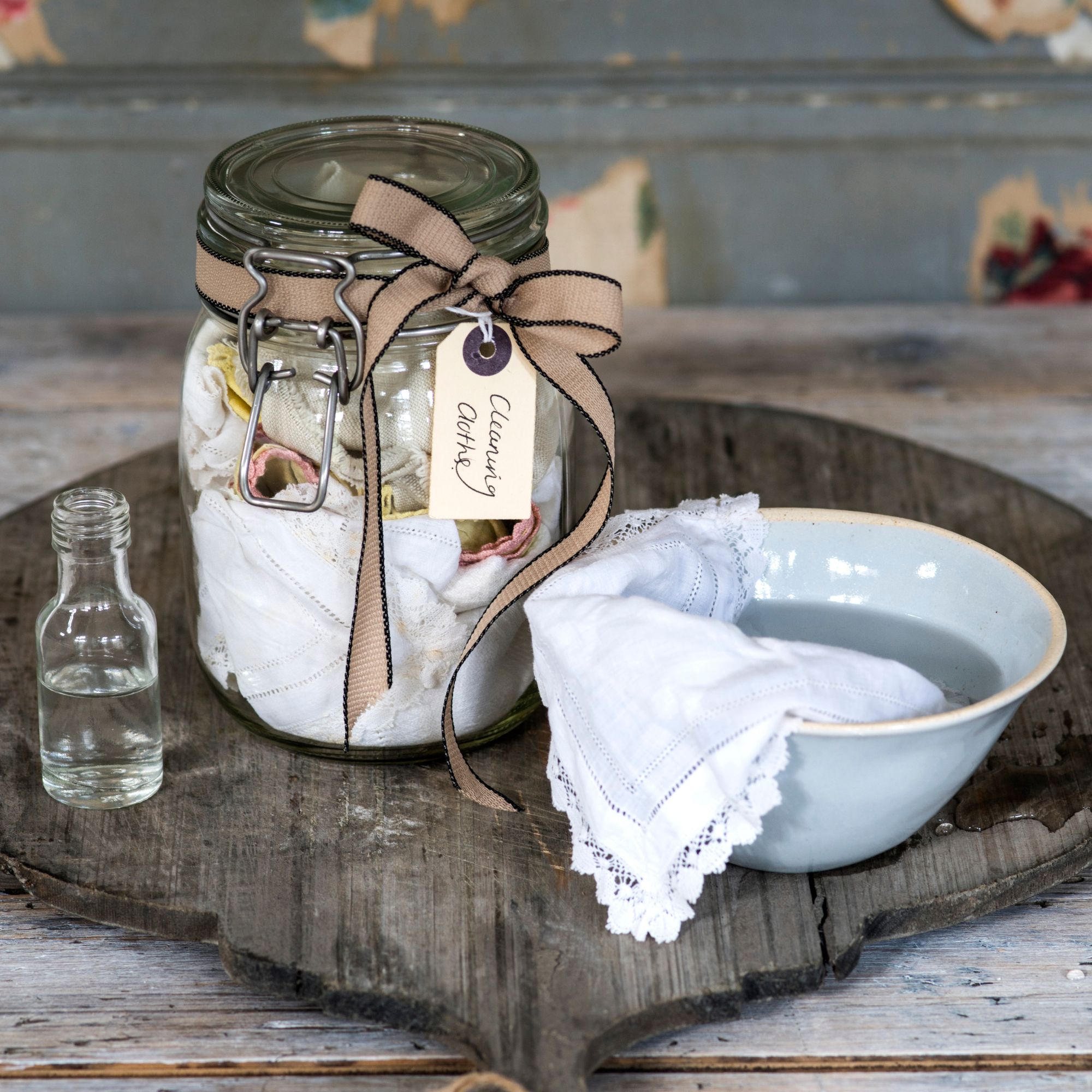
When the baking soda cycle is finished, you can then grab your white vinegar and repeat the process - as long as you’ve chosen the correct type of vinegar for cleaning. In this instance, you’ll need white vinegar.
You should aim to add at least one to two cups of white vinegar to your washing machine, and once again, you can choose whether you want to add it to the drum itself or the detergent drawer.
However, we understand that the smell of white vinegar can be overwhelming, and it can often feel like it’s burning the hairs inside your nostrils. Because of this, you may want to buy a scented white vinegar or scent it yourself by adding a few drops of the essential oil of your choice.
5. Repeat the wash cycle
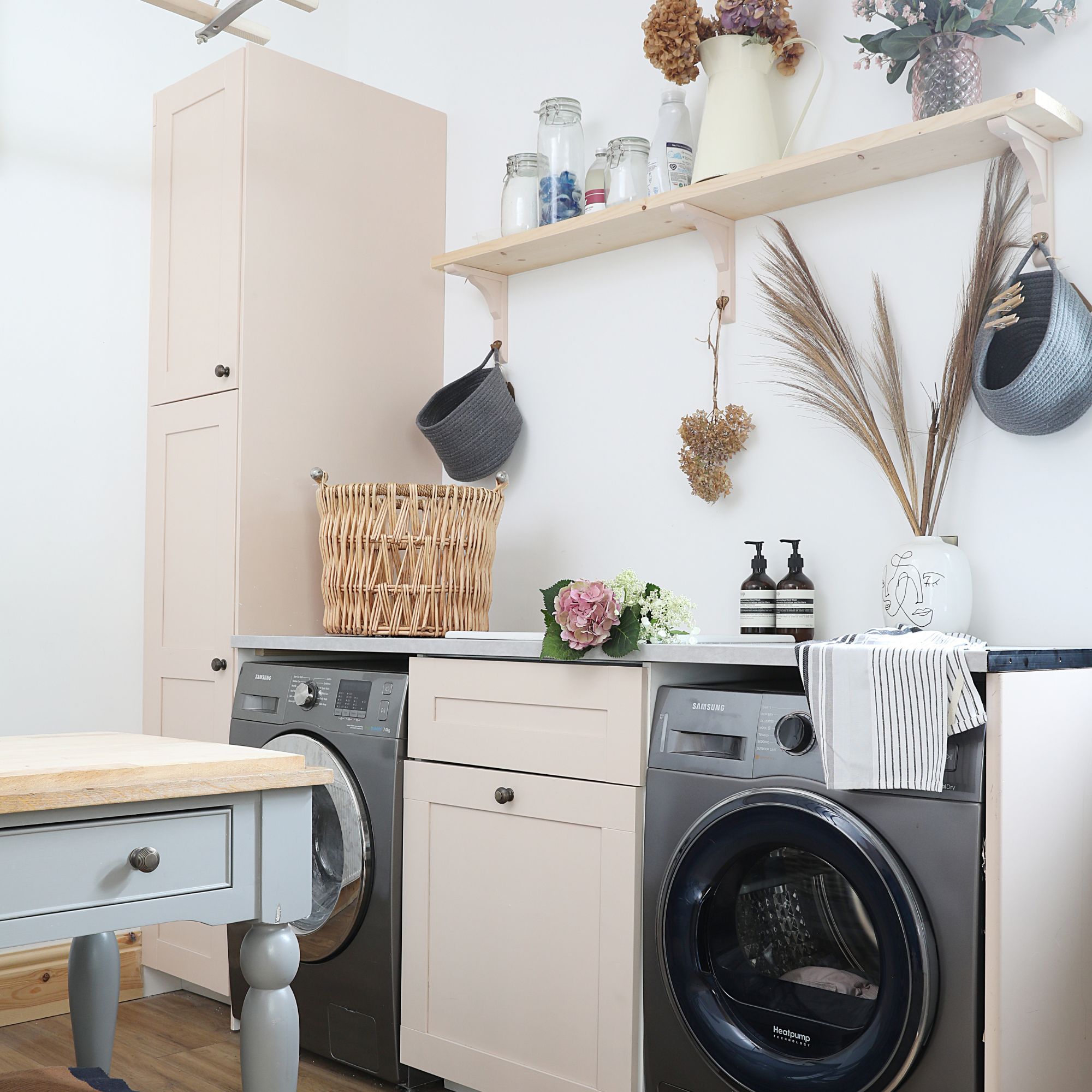
With the vinegar in place, you can then repeat the wash cycle - another hot, long wash. The acid of the white vinegar will serve as a natural disinfectant, removing any leftover dirt and grime that the baking soda left behind. It will also help to deodorise any lingering smells.
Just make sure to leave your washing machine door open after this cycle to give it the chance to dry out. If you don’t, you may ruin all of your hard work and contribute to mould build-up in your washing machine.
6. Tackle the smaller components
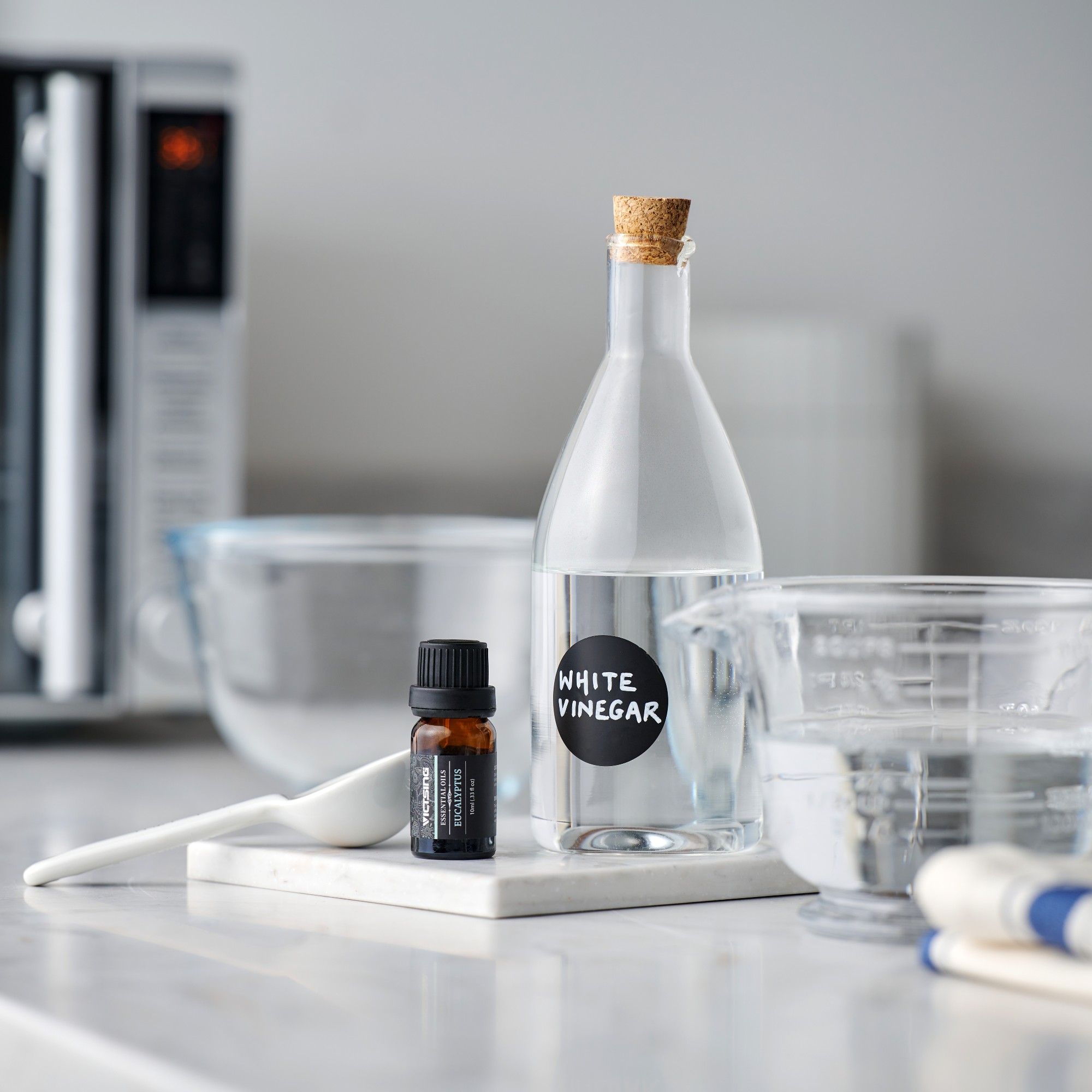
You should aim to repeat the above steps once a month or every two months at a push. But experts advise adding a deeper clean into the mix every three months, and you’ll need to tackle the smaller components to tick that off your cleaning calendar.
Laura advises you to focus your attention on the washing machine filter, the detergent drawer, and the exterior surfaces of the washing machine. You’ll need to make sure you don’t get sucked in by the TikTok trend of cleaning the washing machine paddles, though.
Thankfully, you can clean all of these washing machine parts with vinegar and baking soda - and it’s pretty easy to do.
Laura says, ‘Locate the filter and remove it. Soak the filter itself in a bucket of warm water with one part white vinegar. If you can reach the filter housing, then clean this area using a vinegar spray.’ She adds, ‘Soak the detergent drawer in hot water and one part vinegar to sterilise it.’
To finish, simply wipe down the exterior of the washing machine with the same vinegar spray and a clean cloth before putting everything back together.
FAQs
Is baking soda the same as bicarbonate of soda?
Yes, baking soda is the same as bicarbonate of soda. They are exactly the same alkaline powder, often used in cleaning and baking. And while the names are interchangeable around the world, it’s largely called baking soda in the U.S. and bicarbonate of soda everywhere else. However, people in the UK are increasingly calling it baking soda, too.
Can you use fairy liquid in a washing machine?
Although this cleaning product can be used to clean many things aside from your plates and cutlery, you should never use washing up liquid in a washing machine. Not only will it create way too many bubbles, but it won’t clean your clothes the way that other products will. So, you probably won’t get the desired results and ultimately waste your washing up liquid, water, and energy.
You shouldn’t use washing up liquid to clean a washing machine either, as it may damage internal components and clog up your drains.

Lauren Bradbury has been the Content Editor for the House Manual section since January 2025 but worked with the team as a freelancer for a year and a half before that. She graduated with a Bachelor’s degree in English and Creative Writing from the University of Chichester in 2016. Then, she dipped her toe into the world of content writing, primarily focusing on home content. After years of agency work, she decided to take the plunge and become a full-time freelancer for online publications, including Real Homes and Ideal Home, before taking on this permanent role. Now, she spends her days searching for the best decluttering and cleaning hacks and creating handy how-to guides for homeowners and renters alike, as well as testing vacuums as part of her role as the Ideal Home Certified Expert in Training on Vacuums, having spent over 110 hours testing different vacuum models to date!
-
 How and when to fertilise peonies for bigger, brighter blooms, according to experts
How and when to fertilise peonies for bigger, brighter blooms, according to expertsFind out everything you need to know about fertilising peonies and how to boost their beautiful blooms for longer
By Lisa Fazzani
-
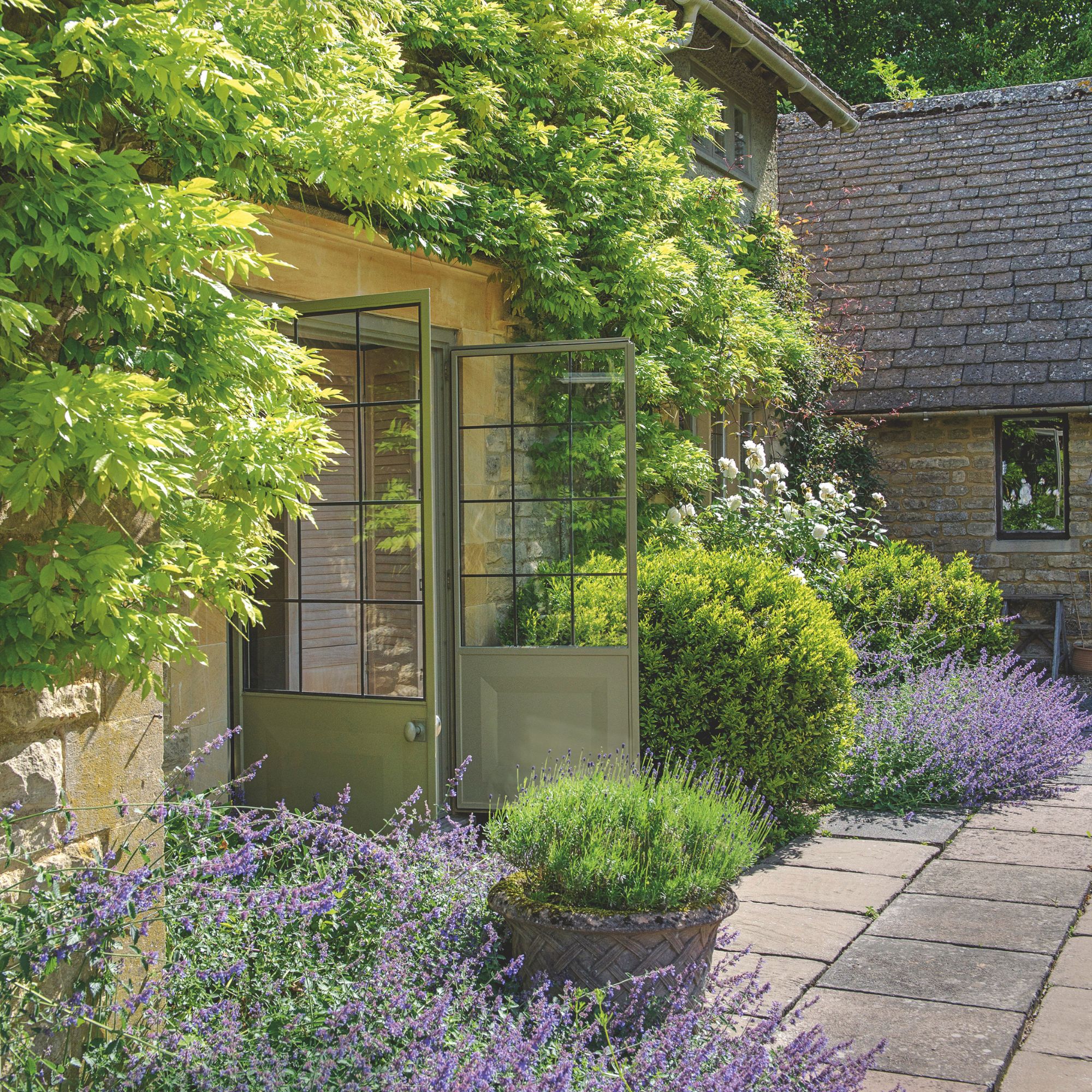 5 fragrant shrubs that will fill your garden with a gorgeous scent this summer
5 fragrant shrubs that will fill your garden with a gorgeous scent this summerAdd an extra dimension to your outdoor space with these scented shrubs
By Kezia Reynolds
-
 Should your front door colour match your hallway? Interior experts reveal 3 reasons why it should (and 3 reasons it shouldn't)
Should your front door colour match your hallway? Interior experts reveal 3 reasons why it should (and 3 reasons it shouldn't)Are you team matching or contrasting?
By Ellis Cochrane
-
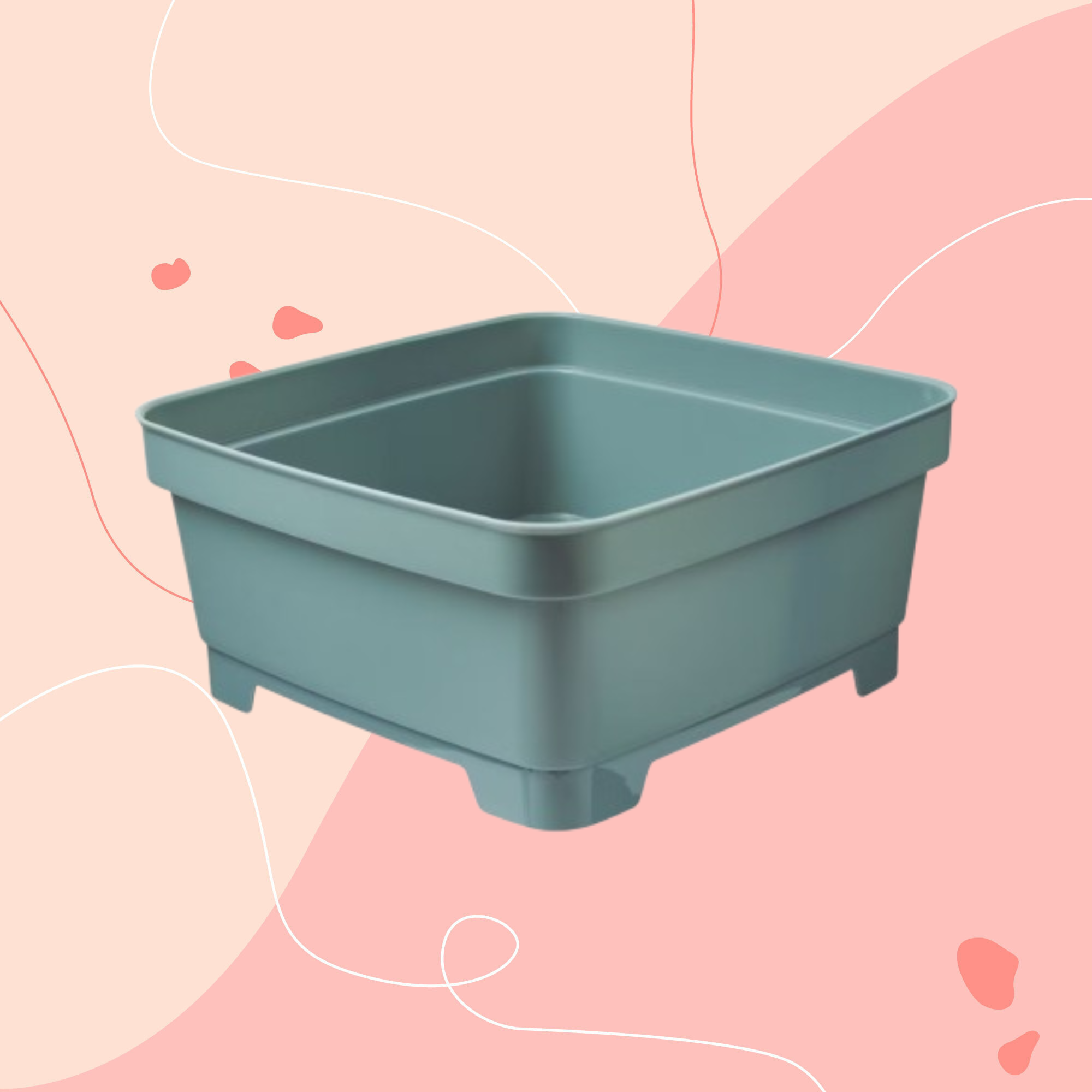 Aldi is releasing a budget alternative to the cult Joseph Joseph washing up bowl – it’s just £4.99
Aldi is releasing a budget alternative to the cult Joseph Joseph washing up bowl – it’s just £4.99The Joseph Joseph washing up bowl is an Ideal Home favourite - now we can't wait to try Aldi's alternative
By Kezia Reynolds
-
 I just bought my first home, and this £10 buy was the very first thing I bought for it to make it feel warmer and secure
I just bought my first home, and this £10 buy was the very first thing I bought for it to make it feel warmer and secureIf I did it all again, this would still be my very first buy
By Rebecca Knight
-
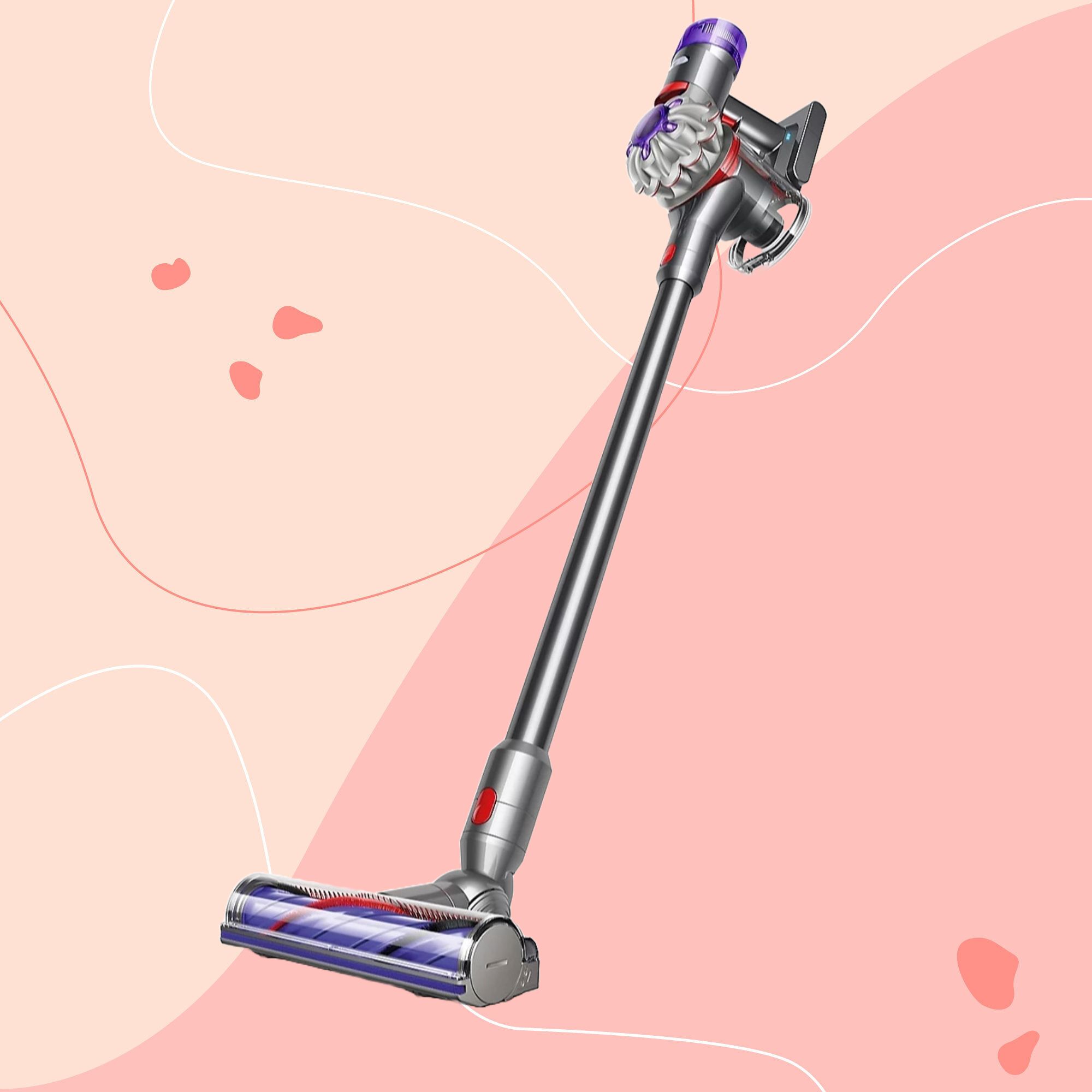 It’s normally impossible to find a Dyson vacuum for under £250 — but QVC has slashed the price of their bestselling models for a limited time
It’s normally impossible to find a Dyson vacuum for under £250 — but QVC has slashed the price of their bestselling models for a limited timeRun don’t walk to pick up the brand’s bestselling model for under £230 before it sells out
By Lauren Bradbury
-
 Catherine Zeta-Jones has revealed the cleaning product she swears by to keep her home fresh - and it’s just £8 on Amazon
Catherine Zeta-Jones has revealed the cleaning product she swears by to keep her home fresh - and it’s just £8 on Amazon'I use it on my counters. I use it on my walls. I use it on my doors. When I smell it, I know my house is clean.'
By Kezia Reynolds
-
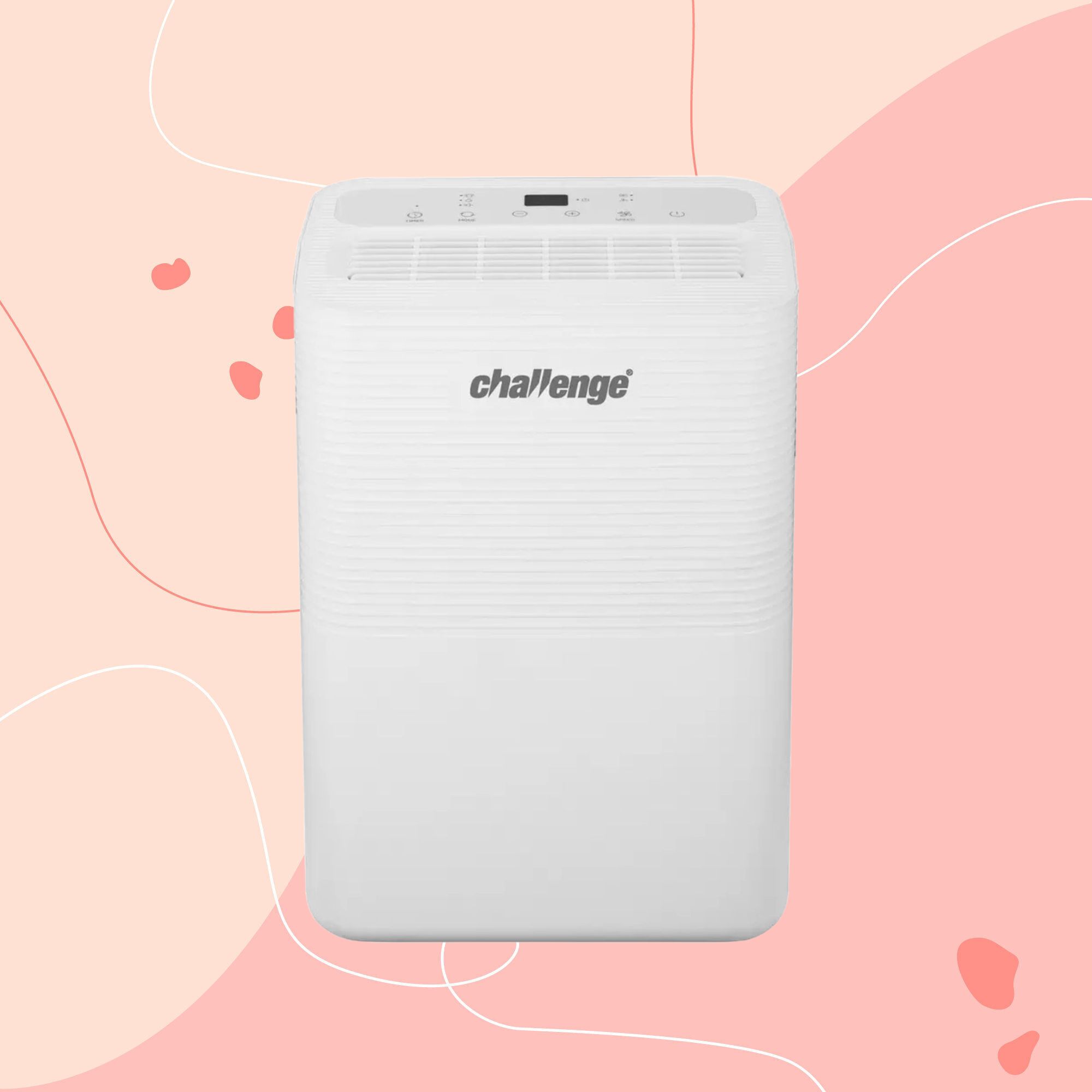 I tested the 12L Challenge dehumidifier in my damp Victorian home over winter — I haven’t spotted any signs of mould for the first time in five years
I tested the 12L Challenge dehumidifier in my damp Victorian home over winter — I haven’t spotted any signs of mould for the first time in five yearsThe Challenge 12L dehumidifier doesn’t have too many bells and whistles, but I can already see the difference it’s made to my damp home
By Lauren Bradbury
-
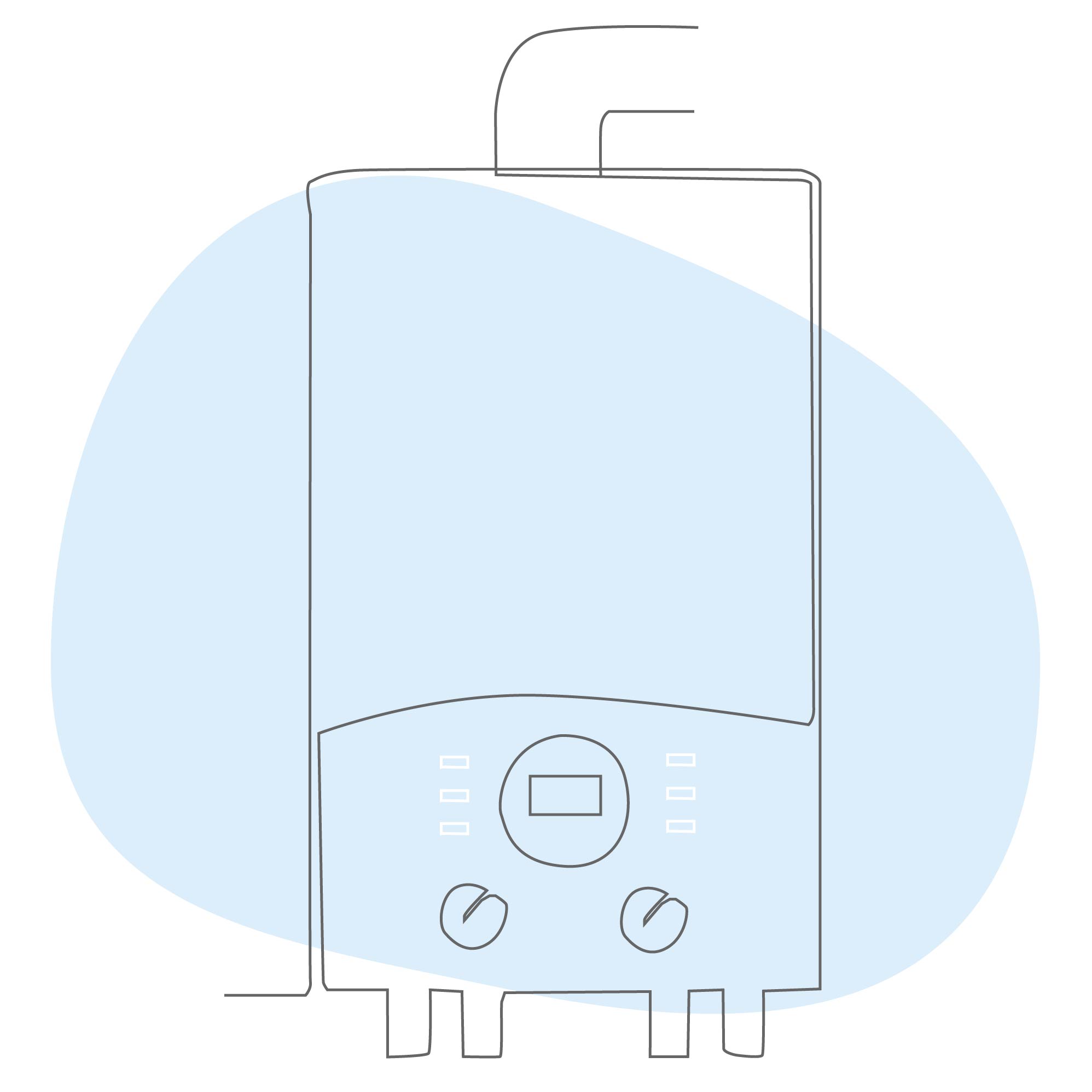 What is boiler flow temperature? Heating experts urge you to check yours now as you could be overpaying on your energy bills
What is boiler flow temperature? Heating experts urge you to check yours now as you could be overpaying on your energy billsTurning this little-known number down just a few degrees can result in some serious savings
By Lauren Bradbury
-
 Stacey Solomon has shared 5 nifty wardrobe storage hacks to make getting ready in the morning easier — and they're genius
Stacey Solomon has shared 5 nifty wardrobe storage hacks to make getting ready in the morning easier — and they're geniusThese five wardrobe storage hacks are a gamechanger
By Katie Sims
-
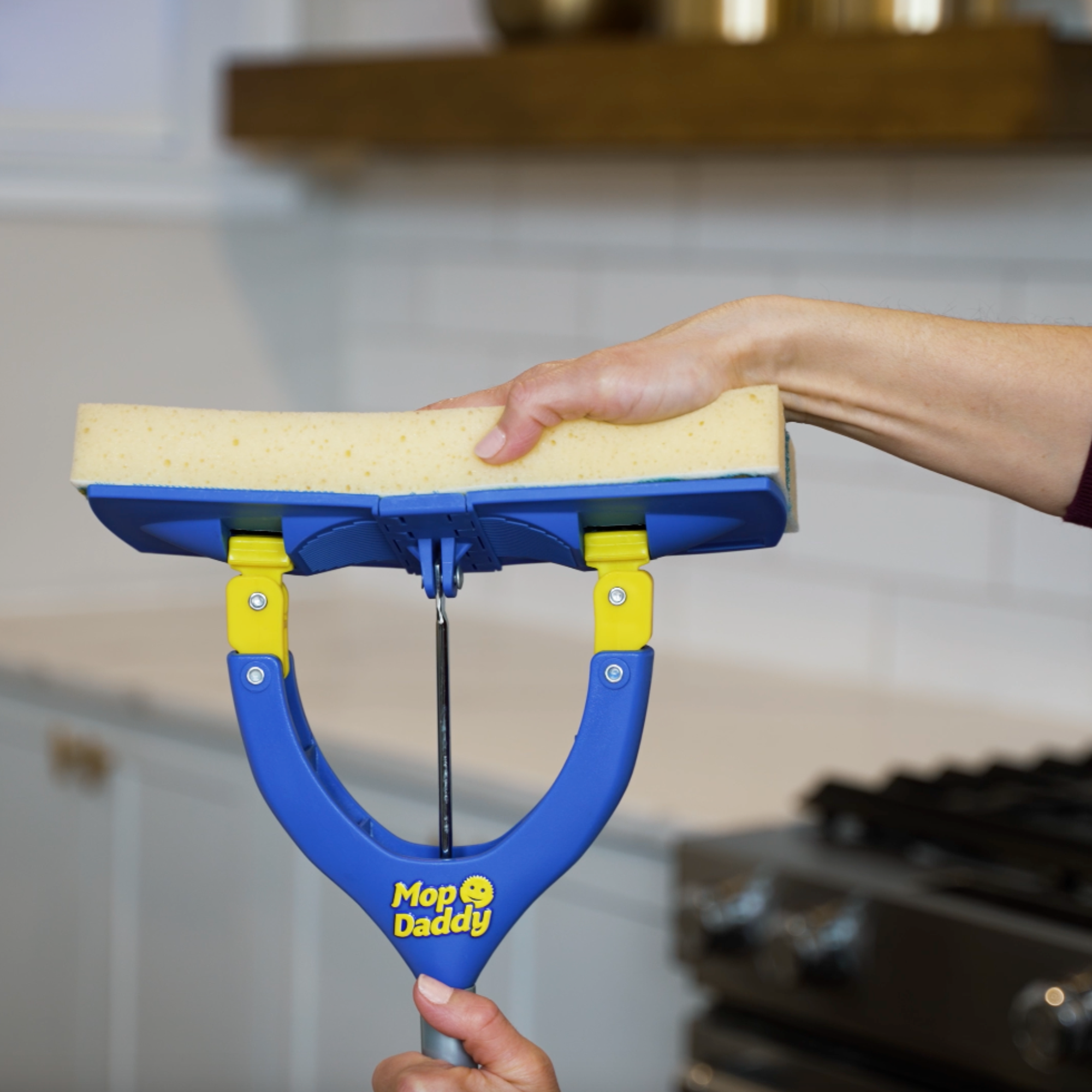 Cult cleaning brand Scrub Daddy has just launched a brand new butterfly mop — could it be the ultimate solution for banishing stubborn marks on your floor?
Cult cleaning brand Scrub Daddy has just launched a brand new butterfly mop — could it be the ultimate solution for banishing stubborn marks on your floor?We're obsessed with all things Scrub Daddy
By Kezia Reynolds

